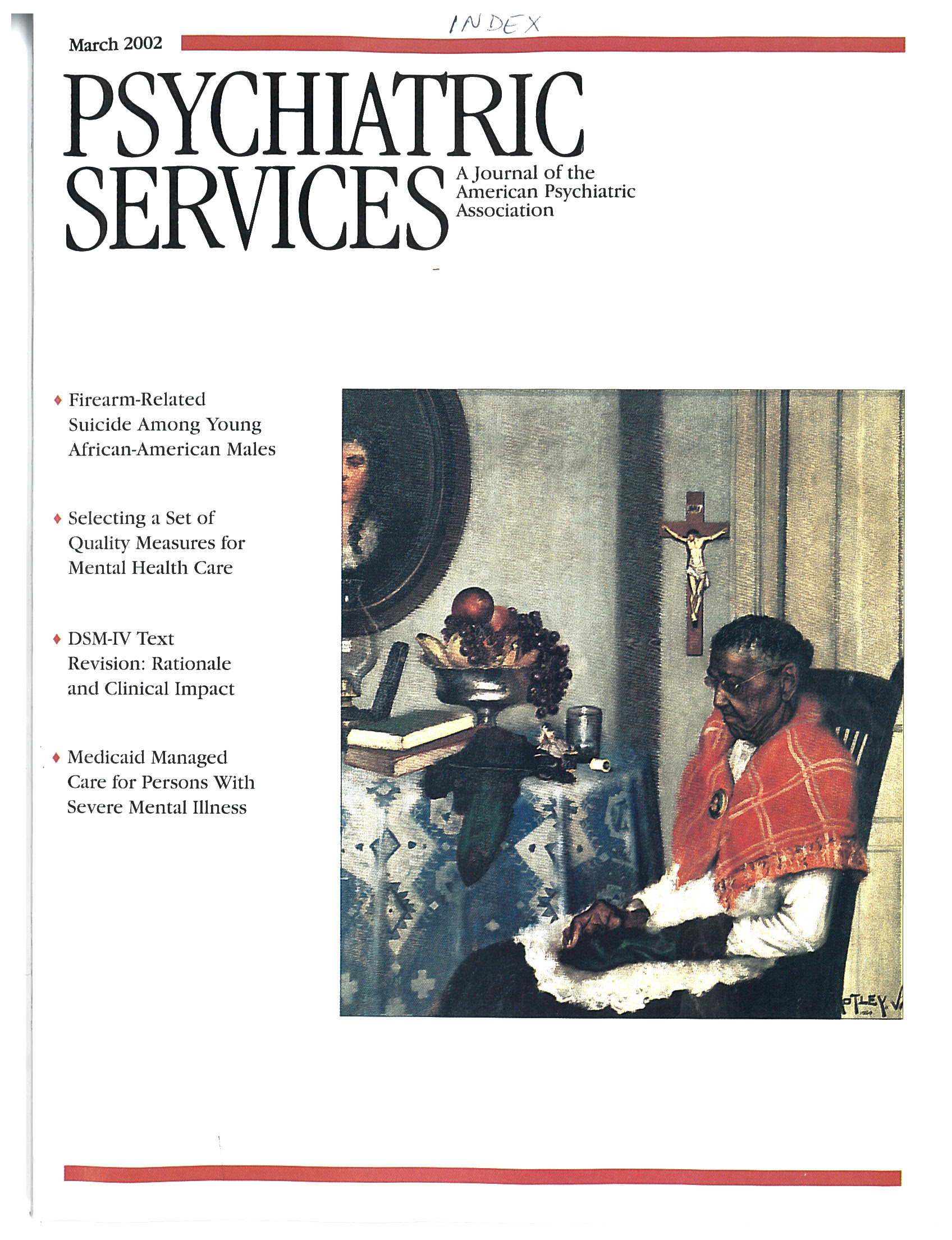A few dramatic cases of violence in work settings have brought to the forefront of the national consciousness the idea that occupational hazards may include our own coworkers. But how great is the threat of violence in the workplace? Is workplace violence a legitimate issue or a media creation? And even if it hasn't reached epidemic proportions, what can business leaders do to minimize the risk of workplace violence for their employees?
Some reports in the media and on the Internet suggest that violence in the workplace is rapidly on the rise. However, the statistics on the subject are much less dramatic. The Bureau of Labor Statistics has tracked the number of workplace homicides since 1992. After a peak of about 1,100 a year in 1994, the number steadily decreased to about 650 in 1999, the most recent year for which data are available.
Another common misconception about workplace homicides is that most are committed by disgruntled employees. However, since 1993 the great majority of workplace homicides—annual figures range from 73 percent to 85 percent—have been associated with robberies and other crimes. Wide media coverage of homicides committed by disgruntled postal workers gave rise to the phrase "going postal." In fact, however, a CDC study has shown that the incidence of serious workplace violence is lower for the U.S. Postal Service than for most large employers.
Homicide in the workplace is far more likely to be committed by someone unknown to the victim than by a coworker. But the low probability of violence among coworkers does not mean that it can be dismissed. Moreover, homicide is not the only outcome of violence in the workplace. Nonfatal violence in the workplace can result in various degrees of physical injury and psychological trauma. According to Bureau of Justice statistics, 1.8 million work days a year are lost as a result of nonfatal acts of violence.
While some management consultants and human resources professionals believe they can identify sets of personal traits and circumstances that add up to a likelihood of workplace violence, many experts disagree. Such profiles for identifying "at-risk" individuals likely to commit workplace violence tend to overpredict—too many possible suspects are identified. For example, the common profile of the white male, 30 to 50 years old, whose identity is closely tied to the job, who has difficulty with authority, and who likes to work alone actually describes a significant number of men in this country.
Some profiling efforts include mental illness as a risk factor, even though research indicates that mental illness has a limited role in workplace violence. Employers who use mental illness as part of a profile are in danger of wrongfully screening out persons with this "risk factor" and of violating the Americans With Disabilities Act.
People with a mental illness do have a slightly higher risk of committing a violent act—but the crucial and often overlooked fact is that the risk is associated with untreated and active symptoms. A person with mental illness who has no active symptoms has no greater risk of committing violence than any other person. Actually, the single greatest risk factor for violence is substance abuse, regardless of the presence of mental illness. This is only one of many reasons for making treatment for substance use disorders more readily available to those in need. Employers should bear this in mind and work to address the problem of substance abuse among their employees.
The best advice to employers is to be prepared: Have a policy on workplace threats and violence that is part of a general respectful-workplace policy and training program. A critical part of any such policy is early intervention. Paying attention to employees and how they feel can help prevent conflict before it becomes an issue. Even if it does not lead to violence, workplace conflict takes an invisible toll in lost productivity.
Although the prevalence of workplace violence may not be at the level that media accounts would have people believe, there are no zero-risk situations. All threats should be taken seriously. Because people don't just "snap," early-warning signs are often present, such as a pattern of difficult interactions and behaviors. Recognizing these behaviors and intervening early are essential in reducing the incidence of workplace violence.

